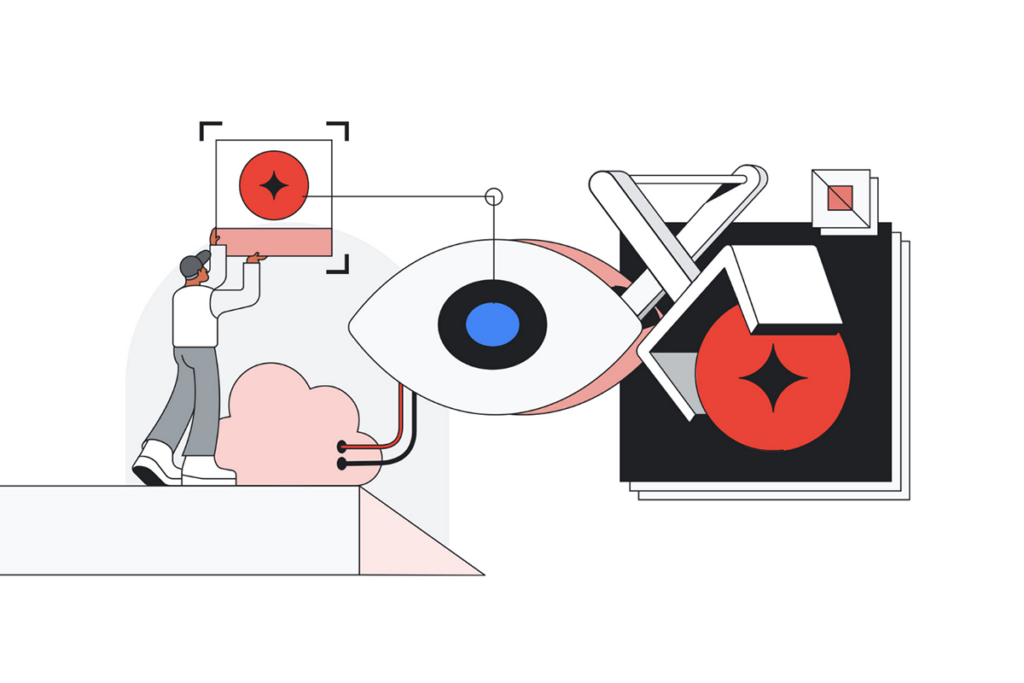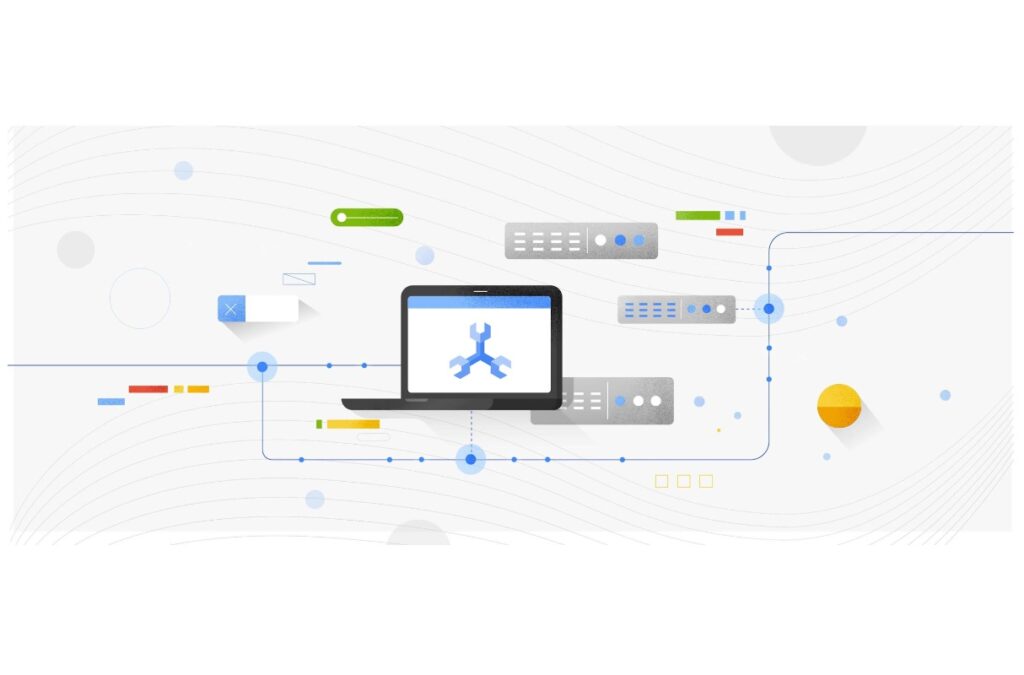Article
Organizational readiness for AI adoption and scale

To fully use AI, organizations need to build strong data foundations, foster a culture of learning, secure internal support, and wisely choose which pilot projects to expand.
Imagine asking a room full of CEOs whether they’re harnessing AI’s full potential, and only one hand goes up. That’s the current reality according to McKinsey. While AI adoption is growing, most organizations are still in the early stages of putting practices into place that enable scaling to capture value, with just 1% of executives describing their gen AI rollouts as “mature.” This is consistent with what we hear from customers – businesses are diving into AI, but most aren’t ready to utilize it effectively,leaving many of its benefits tantalizingly out of reach.
So, what’s causing this gap? And more importantly, how do we bridge it?
As more organizations make the move from AI experimentation to real-world applications, several key hurdles have emerged. Chief among these are a need to build effective AI strategies, measuring AI success, managing and mitigating AI risks, and the ongoing struggle to acquire AI talent and skills. A number of these barriers stem from a larger, overarching issue: a lack of organizational readiness for AI.
Scaling AI is different from adopting it, and leaders often underestimate how much their organizations will have to adapt in order to successfully integrate, scale, and realize value with AI technologies. As a result, critical aspects like change management or business buy-in often get overlooked, leading AI initiatives to falter before they’ve had a chance to prove their worth.
Through our work helping customers navigate this transition, we’ve learned valuable lessons about the core elements that prepare organizations to go beyond initial adoption. Below, we’ll share four crucial insights to make sure your enterprise is ready to scale and create value with AI.
1. Build strong data foundations
Currently, organizations find themselves struggling with fragmented data silos, poor data quality, lack of proper governance, and host of other data challenges that hinder AI projects.
Data is your most valuable differentiator. If you want a real competitive edge — not just the same AI capabilities that everyone else has — you must treat data as a strategic asset, actively nurturing its value, relevance and durability over time.
AI opens up new opportunities to combine structured data with unstructured data, such as emails, PDFs, and social media. Advancements like natural language process (NLP), computer vision, and multimodal gen AI models are transforming our ability to gain previously untapped insights to deliver tangible business value. But to fully capitalize on all these benefits, you need to build strong data foundations that empower everyone to discover, access, and utilize data effectively.
A good starting point is creating a unified data strategy, which fosters a shared understanding between IT and business teams about how data ownership and utilization creates inherent value and supports broader strategic goals. Your strategy should outline the technologies, processes, policies, and skills that are needed to collect, store, and manage the enterprise data for AI at scale. This might involve evaluating current data platforms, considering decentralized architectures for more flexibility and use case acceleration, and implementing essential data management practices, such as cataloging, lineage tracking, quality control frameworks, and comprehensive security measures.
Overall, data readiness for AI is not just about having data but having the right kind of data, managing it effectively, making it accessible, and ensuring you have the ability to fuel your AI initiatives.
2. Cultivate a culture for innovation
Scaling AI is about more than technology — it requires deep cultural transformation. AI technologies fundamentally change the way we work, the tools we use, and, in some cases, even the roles we play. In Google Cloud experience, change management is one of the most highly underrated considerations for driving any organizational change, particularly one with such a profound impact across the board.
Simply deploying AI solutions without adequately preparing employees can lead to confusion, uncertainty, and, ultimately, resistance. As organizations look to enable sustainable AI adoption, it’s therefore critical to develop a structured change management approach to help guide people into new ways of working. This includes defining a strong vision for AI, effectively communicating changes to existing processes and structures, investing in skills and competency, and transparently addressing any concerns or feedback.
For example, a strategic cornerstone of our change management approach to AI is establishing a culture of innovation. To us, this means fostering environments that have a high tolerance for risk, encourage curiosity, and treat failure as a learning opportunity.
AI development is intrinsically iterative, requiring continuous fine-tuning, testing, and improvement to achieve results. Organizations need to embrace the idea that trial and error is a natural part of the process, providing developers, product owners, and operators with the freedom to experiment, fail fast, and refine AI models. By prioritizing learning and innovation, organizations are establishing a culture, where everyone feels inspired to constantly pursue something better, unlocking not only the full potential of AI — but everything they do.
3. Secure buy-in for AI
Scaling any initiative, AI or otherwise, depends on buy-in to drive adoption and secure the necessary resources to make it happen. One of the most common pitfalls we see when implementing AI is letting the technology dictate the problems, leading to scattered efforts that lack strategic direction and fail to address real business needs. To avoid this trap, it’s vital to align your AI strategy with core business objectives and clearly communicate this alignment across all levels of your organization.
Grounding initiatives in tangible business outcomes ensures you strategically target areas where AI can make the biggest impact while enabling you to demonstrate its value and relevance. For instance, executives are far more likely to champion initiatives when AI solutions are framed in terms of achieving specific goals instead of technical capabilities. Consider how much more impactful it is to ask a sales executive for support when you can show them and clearly explain how AI can drive seller efficiency, reduce time-to-close, and increase average deal size.
When stakeholders understand how AI initiatives connect to the business, buy-in naturally follows, unlocking the support needed for success. Executive training and education can give leaders a solid grasp on the capabilities and limitations of AI, making it easier for them to set expectations and get behind initiatives. Another practice Google Cloud has found useful is building an AI Center of Excellence (CoE), which creates a dedicated team to centralize efforts and communicate progress, helping to build momentum and confidence in AI.
In addition, early and ongoing engagement with multiple departments and functions can significantly enhance buy-in. Implementing a call center AI agent, for instance, might require close collaboration with the teams responsible for call center operations, customer experience, product documentation, and more. This ensures everyone understands how the agent will change processes and what’s needed to support its implementation. Here, Google Cloud found cross-functional champions, representing all facets of an AI product, can be a powerful driver of success. These individuals ensure all perspectives are represented and accounted for, providing practical business-level scoping that improves buy-in and prevents poor adoption. One pro trip is to consider recruiting champions and cross functional representation that are not all early adopters- adding skeptics to the mix allows you to troubleshoot obstacles and challenges early on.
4. Prioritize the right pilots
In today’s resource-constrained environments, every investment counts. When deciding which AI pilots to scale to enterprise-wide deployments, early wins don’t automatically justify scaling up. A 5% customer churn reduction during a pilot is a positive result, but it’s the first of many factors to consider when making decisions about broader implementation. Before committing to further investment, a rigorous cost-benefit analysis to understand the costs and trade-offs involved with scaling.
The anticipated rewards of scaling AI must far exceed those of any alternative investment or initiative. Therefore, it’s essential to scope pilots appropriately, defining clear thresholds and key performance indicators for AI before making any decisions. This includes carefully examining not only the potential benefits but also weighing the consequences of moving forward. For instance, scaling the churn reduction pilot might require significant investment and resources, delaying a product launch or critical feature update that could generate even greater revenue.
Beyond the financial implications, it’s also crucial to examine more practical considerations. Can the AI solution integrate with existing infrastructure? Who will be responsible for maintaining and supporting it? Will it necessitate new infrastructure, system modifications, or additional personnel? All these considerations can directly impact the cost and feasibility of scaling. Neglecting them can lead to unexpected expenses or operational challenges that ultimately hinder the success of an AI initiative.
Looking ahead
AI success isn’t born in a lab — it’s forged through real-world application, one project at a time. To win in 2025 and beyond, the most defining capability will be moving pilots into everyday practice. Organizations will need to go beyond adoption, cultivating the right internal capabilities, culture, and structures to scale AI with confidence.
Related News

Your guide to Generative AI support in Vertex AI
See Detail
Creating visually stunning presentations in Google Slides just got easier
See Detail
Reduce scaling costs by up to 50% in Cloud Spanner with doubled provisioned storage
See Detail